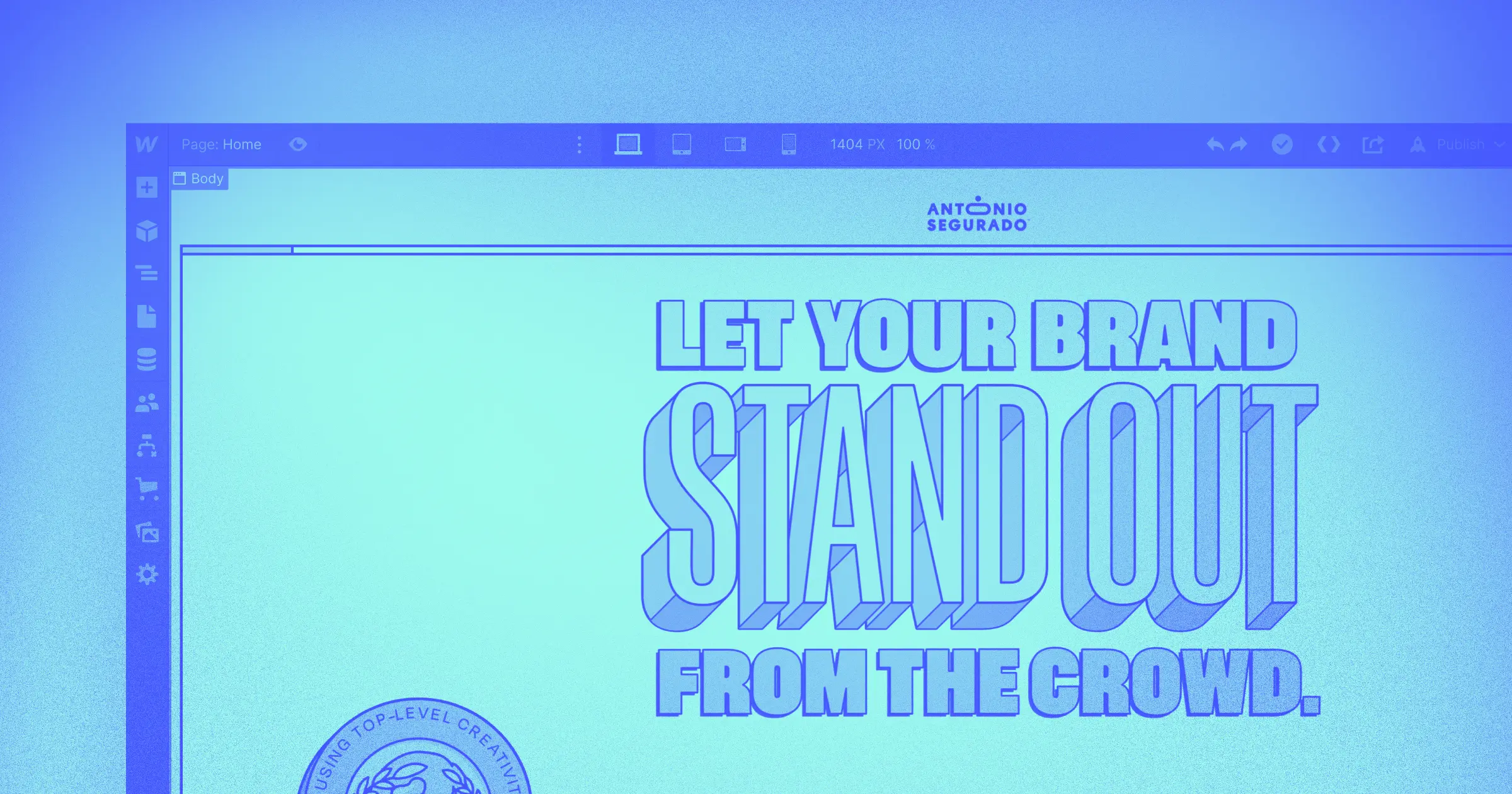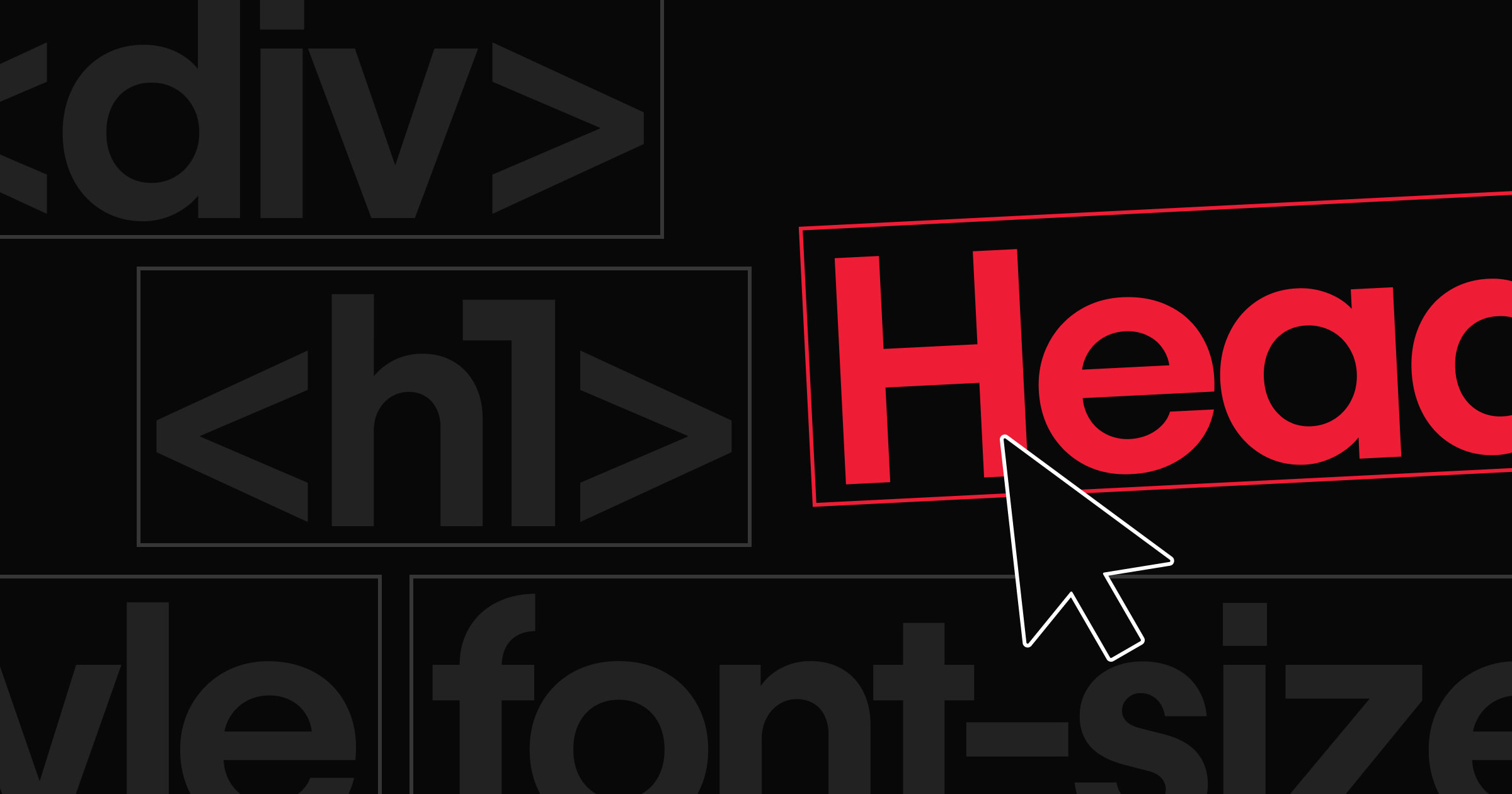Without a strong technical foundation, even great content can go unseen.
In our last post, we explored the Content category of AEO, the on-page foundation for creating genuinely useful answers that resonate with both people and machines. But content alone isn’t enough. Without a strong technical backbone, even the best-crafted pages risk being invisible to answer engines.
That’s why the Technical category matters: it’s the work that makes your content easily understood by Large Language Models (LLMs), strengthens your Content and Authority efforts, and compounds the benefits of every other category.
And yet adoption of some of the most impactful practices is still low. For example, while 73% of Google’s page-one results use schema markup (metadata to explain the structure of the page to a crawler), 88% of sites don’t use schema at all. This gap creates a huge opportunity for early movers to make significant visibility gains with modest effort.
This post breaks down the five levels of Technical maturity, showing how teams can progress from basic site hygiene to automated technical AEO health.
At each level, you’ll find a set of guiding questions for teams to assess where they are today, along with practical ways to get started in advancing to the next level of maturity. Together, these resources help teams strengthen their technical foundation, increase visibility in AI search, regain brand narrative control, and drive more qualified traffic to their sites.
To find out how your organization measures up, take our AEO maturity assessment to learn where your Technical AEO efforts rank, then use the insights in this post to create a plan for leveling up your technical foundation.
If you take away one thing
If there’s one takeaway for this category, it’s this: add metadata to your website to help LLMs understand the structure and meaning of your content. This will help them surface your content more often and more accurately.
Level 1: Optimize on-page SEO
At this stage, teams are focused on basic keyword targeting and site crawlability. Crawling is how search engines discover new pages, while indexing is the work search engines do to make those pages visible in search results. Without proper metadata, much of that effort is lost — and we have plenty of work to do as an industry. Research shows that 25% of top-ranking pages are missing meta descriptions — a basic element of SEO.
Level 1 is about getting the fundamentals right: on-page keyword optimization, clean URL and site structure, few broken links, secure pages that always resolve to HTTPS, optimized SEO metadata (title tags, meta descriptions, header tags), and a working robots.txt. Sites at this stage may not be the fastest, but the foundation is there.
Goal to advance: Nail the fundamentals and begin to introduce basic structure — clear headings, bullet points, numbered lists, and FAQs — so LLMs can interpret your content.
Questions to ask:
- Where are our biggest SEO hygiene gaps?
- Which core or high-traffic pages need attention for proper SEO hygiene and basic content structure?
- Which pages should we prioritize for schema rollout?
How to get started:
- Audit responsiveness, crawlability, and indexing across devices.
- Fix broken internal links.
- Check for clear, logical site architecture optimized for both search and AI crawlability.
- Start adding structure to on-page content with:
- Clear headings that mirror likely questions.
- “In summary” statements.
- Bullet points or numbered lists.
- Tables of contents for long pages.
- Callouts and FAQs.
- Optimize metadata for targeted queries, not just keywords.
Level 2: Set up page structure
At Level 2, the shift is from foundational basics to focusing on machine-readable structure that LLMs can easily interpret. Schema markup helps search and answer engines understand page content more effectively. It provides structured data for nearly every page type — products, articles, FAQs, events, and more — in a format that answer engines can easily interpret.
This level is also about creating on-page content structure that helps LLMs better understand the page such as clear headings that mirror common questions and content patterns like summaries up front, bulleted lists, callouts, or FAQs at the bottom of long pages.
Goal to advance: Achieve consistency and scale structured metadata across your site to lay the groundwork for deeper technical improvements.
Questions to ask:
- Do our top pages consistently use structured on-page content?
- Is our site fully secure — beyond just HTTPS — and available at least 99.9% of the time (“three nines” uptime)?
- Is our site fully accessible?
How to get started:
- Begin by adding schema markup to your top 20 pages (e.g., product, feature, blog, FAQ) with the goal of getting schema onto 75%+ of your pages.
- Validate your pages’ structured data in Google’s Rich Results tool.
- Use a clear heading hierarchy with a single H1 and logically structured H2, H3, and H4 to organize major points across your site.
- Ensure your sitemap.xml provides search and answer engines with a complete, structured list of key pages — including last modified dates, relative importance, and any pages not well-linked internally.
- Achieve at least 95% accessibility coverage (e.g., adding alt text to images, etc.).
- Maintain crawlability near 100%.
- Ensure the site is secure, beyond HTTPS, including running latest packages, securing from DDoS attacks, using CSPs, using PCI compliant payment gateways if selling online, etc.
- If possible, ensure important content is server-rendered because non-Gemini AI crawlers don’t yet render Javascript.
- Use canonical tags to specify the canonical version of your page.
Level 3: Maintain consistency and speed
At Level 3, teams focus on consistently delivering structure for LLMs to consume across their sites, while ensuring the site is fast and available. Pages are semantically rich, passages are easy for LLMs to extract, and on-page content includes LLM-friendly structure throughout the site, making it simpler for AI systems to parse meaning. Schema markup is present and valid across most pages, and sites at this stage are consistently fast across global data centers.
Security at this level goes beyond enforcing HTTPS. Teams maintain up-to-date software packages, and implement protections like SSL/TLS, firewalls, CAPTCHAs, and two-factor authentication. Sitemap.xml is well-maintained and comprehensive, making it easier for AI bots to discover and prioritize content at scale.
Goal to advance: Scale structure consistently while maintaining both machine readability and a strong user experience.
Questions to ask:
- Do we know which parts of our site are hardest for crawlers to parse?
- Are we making sure Bing picks up our site updates, given how much ChatGPT uses it?
- How are we keeping up with evolving AEO technical standards?
How to get started:
- Use schema on virtually every page, ideally with nested schema to represent relationships (e.g., Organization → WebPage → Article/FAQ).
- Conduct quarterly technical audits to maintain hygiene.
- Use clean semantic HTML accessible to both users and bots.
- Implement IndexNow to boost freshness ranking in Bing (used heavily by ChatGPT).
Level 4: Automate site structure
At this level, teams are effectively optimizing their websites for three types of discovery: human visitors, LLM pre-training, and real-time LLM search. To achieve 100% schema and accessibility coverage, teams typically automate site structure globally.
Level 4 is also where structure gets even more sophisticated. Nested schema clarifies relationships between entities, accessibility is consistent across all pages, and clean, semantic code makes content easy for both search engines and AI systems to parse.
Teams also adopt standards like IndexNow for freshness in Bing (which powers much of ChatGPT search) and prepare to adopt emerging standards for protocols such as llms.txt (robots.txt-style guidance for answer engines) and MCP servers when they mature.
Goal to advance: Use automation and infrastructure improvements to scale visibility and performance.
Questions to ask:
- How are we using automation to scale structured data?
How to get started:
- Redirect hallucinated or mistyped URLs from AI referrals.
- Automate schema generation across all pages.
- Optimize global site speed, typically through a CDN.
Level 5: Adopt next-generation standards
At Level 5, organizations embrace emerging standards like llms.txt and MCP servers that let agents interact directly with site functionality.
By leaning into these early frameworks, businesses can find additional pockets of opportunity before they become mainstream practice. Here, technical foundations aren’t static. They’re adaptive and evolve alongside the AI ecosystem. This technical excellence creates a multiplier effect, strengthening content and authority strategies as it reduces the manual overhead known to slow them down.
Goal to advance: At this level, focus on maintaining maturity by balancing innovation efforts with the resources you have on hand to allocate to these initiatives.
Questions to ask:
- Which emerging standards should we test now to stay ahead?
- How do we balance experimentation with scaling proven practices?
- How are we identifying LLM-hallucinated URLs to redirect human visitors from?
How to get started:
- Pilot emerging standards like llms.txt.
- Explore enabling access to your site’s functionality with an MCP server.
- Continue global optimization for speed, structure, and accessibility.
- Redirect hallucinated URLs from LLMs.
Strengthen your technical foundation for AEO
Technical maturity is a journey, progressing from basic on-page SEO, to structured pages, to consistently fast sites, to automation, and eventually to emerging (and rapidly evolving) standards. Use the questions at each stage of the AEO maturity model to guide your teams and the accompanying steps as practical ways to advance to the next level for your brand.
Investing in stronger technical foundations lays the groundwork for all other parts of the AEO journey. A solid technical infrastructure supports Content and Authority strategies, improves visibility in AI-driven search, and ensures your best work doesn’t go unseen.
Webflow provides that technical foundation by default. Our global network of 330+ data centers powers fast, mobile-friendly sites that typically score well in Lighthouse audits. Core technical best practices — like autogenerated sitemap.xml and schema markup, plus native support for robots.txt and llms.txt — are built in. With our composable CMS, keeping content structured and easily crawled is much easier. And with built-in security measures like SSL and spam protection, you don’t have to worry about plugins or patching.
With these essentials covered, the next step is understanding how your current foundation measures up, and where to focus next.
See where your AEO measures up
Want to understand where your organization stands today? Take our AEO maturity assessment and see how your technical foundation stacks up, with tailored recommendations to accelerate your progress.



















Driving marketing team efficiency with AI
Your roadmap to smarter marketing workflows
































